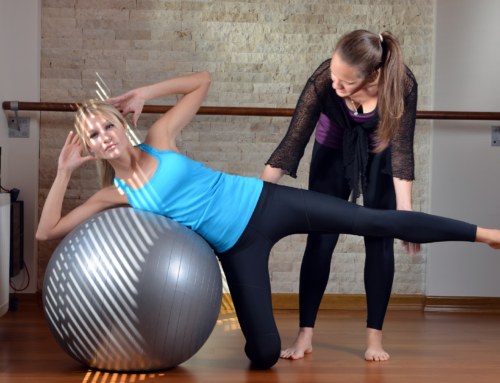A Physiotherapist is a degree qualified professional who treats different bodily conditions. According to the Australian Physiotherapy association, Physiotherapists reduce pain, improve mobility and advise on long term management. At Get Better Physiotherapy and Pilates Centre, our physiotherapists treat injuries affecting bones, muscles or even nerves. Conditions can be sports related, arthritis, work related or even after surgery. Our aim is to have you get better a 100% in the shortest time. We work with teenagers, adolescents and adults suffering from various conditions and different fitness levels.
A list of common injuries and health issues a physiotherapist can treat are:
- Lower back pain
- Sciatica treatment
- Neck pain
- Headaches and migraines
- After surgery like laminectomy and discectomy
- Sports injuries
- Bursitis
- Muscle tears like calf muscle tear or rotator cuff tears
These are just a few common conditions we treat. However, Physiotherapists in the hospitals will also work with stroke patients. Spinal cord injuries and brain injuries are other conditions they treat.

Treatment methods used by our Physiotherapist :
What is Physiotherapy?
When arriving to see a physiotherapist at Get Better Physiotherapy Centre, you may have concerns as to what will happen over the course of your session. You may also wonder why and what the therapist is doing. Physiotherapy involves a complete assessment of your pain or injury followed by an explanation and a plan of attack to treat your problem a 100%. Our Physiotherapists at Get Better Physiotherapy and Pilates Centre may utilize one or more of the following treatment modalities and tailor these to meet your needs.
MANUAL THERAPY
Manual therapy consists of a variety of hands-on intervention techniques ranging from soft tissue mobilisation, joint mobilisations to joint manipulations. Manual therapy is a highly effective treatment method that can provide pain relief, improve range of movement and improving function.
SOFT TISSUE MOBILISATION
Physiotherapists use various techniques to have an effect on the soft tissue. Deep friction techniques, Myofascial release and Trigger point therapy are the common techniques used by our therapists to breakdown scar tissues, improve the extensibility of the soft tissues, enhance circulation and encourage drainage.
JOINT MOBILISATION
The most common techniques are from Maitland and Mulligan. Varying degrees of passive mechanical pressure is directed at a particular joint, encouraging a specific movement in a specific direction. The movement aims to improve joint mechanics and/or correct joint positional faults. It also stimulates mechanoreceptors which helps to reduce pain. Because of their knowledge of joint kinematics, physiotherapists are able to facilitate small movements in joints to have a big effect in the overall range of movement.
JOINT MANIPULATION
Joint manipulation is characteristically associated with the production of an audible ‘clicking’ or ‘popping’ sound. This sound is believed to be the result of a phenomenon known as cavitation occurring within the synovial fluid of the joint which is the rapid release of trapped gases in a high pressure environment similar to uncorking a champagne.
Maitland technique has classified this manoeuvre as a high velocity low amplitude movement. This technique is also commonly seen in the traditional barbershops, thai massages and chiropractors. It is known to provide good short term relief. There can also be rare complications that arises from this technique especially to upper cervical spine. The rapid rotary movement of the neck has the potential to shear an artery supplying blood to the brain, hence this technique is only performed by experienced and qualified physiotherapist with a prior assessment of the client to ensure safe effective and appropriate application of technique.
WHICH TECHNIQUE WORKS BEST FOR ME?
At Get Better Physiotherapy Centres, your physiotherapist will have to perform a complete consultation and physical assessment to determine the cause of the problem before choosing the appropriate technique that works best. It is also important to determine the pain pattern in terms of severity, irritability and nature of pain.
Based on the assessment your Physiotherapist will be able to give you a plan of attack to help you recover a 100% and get you back to your life!






